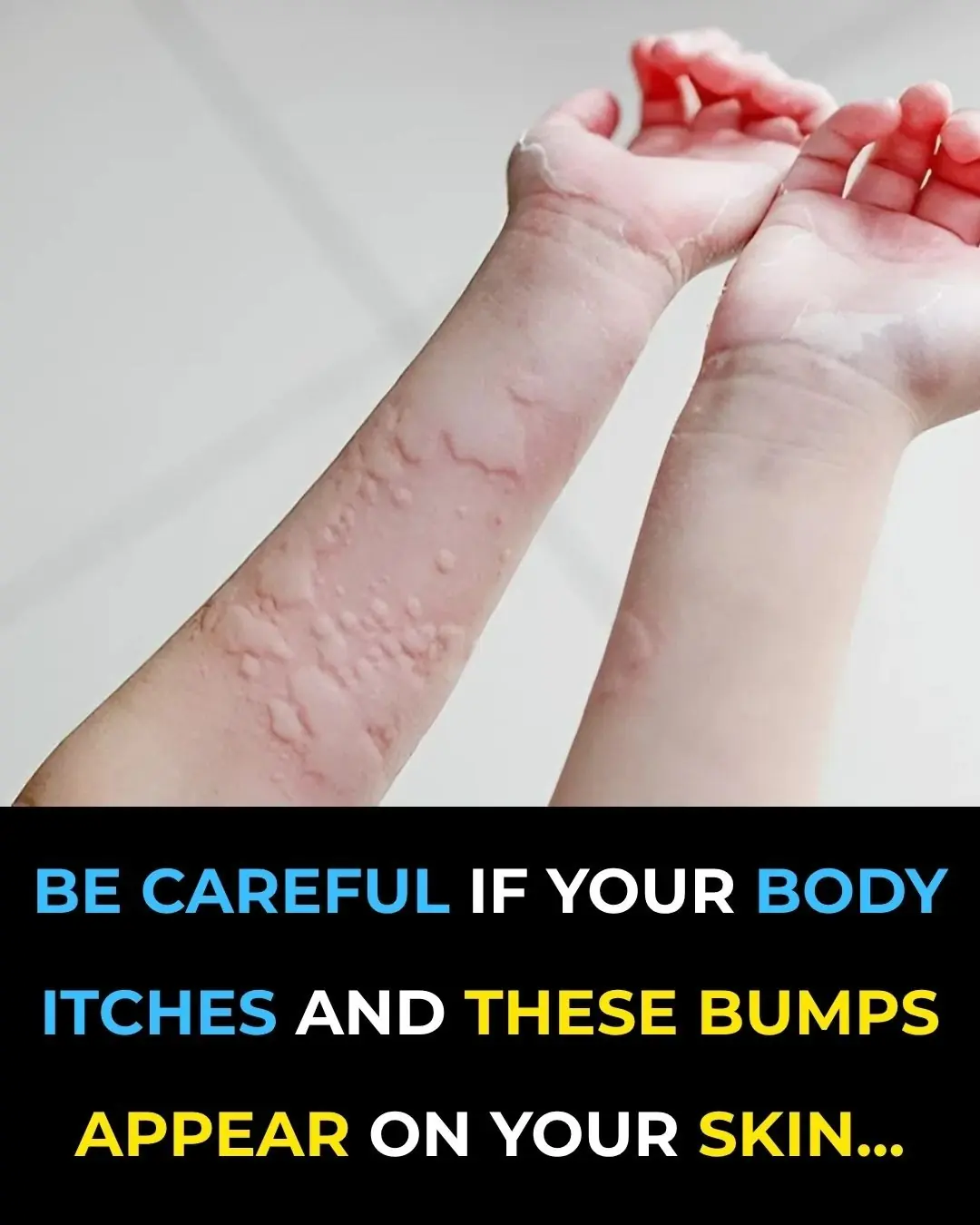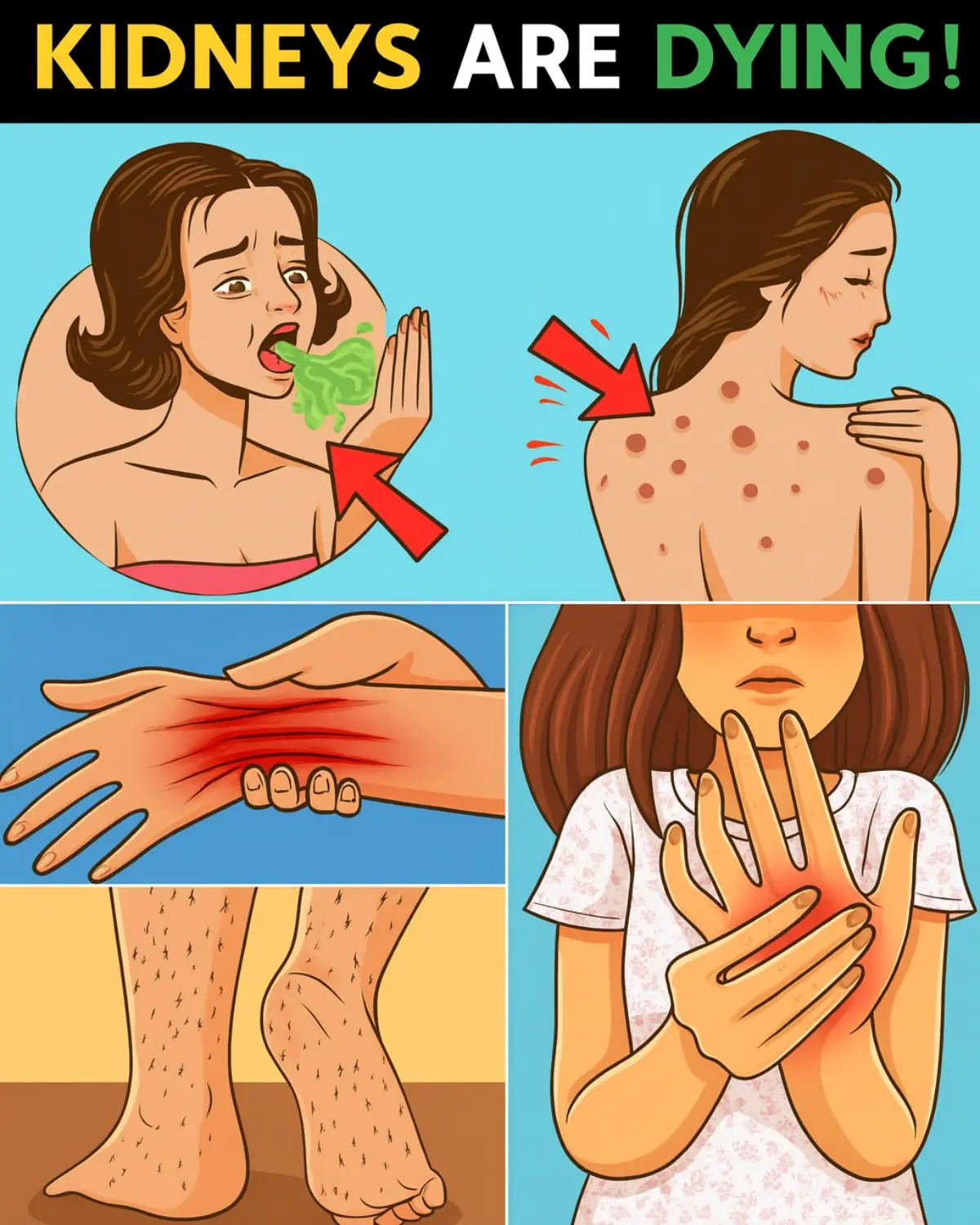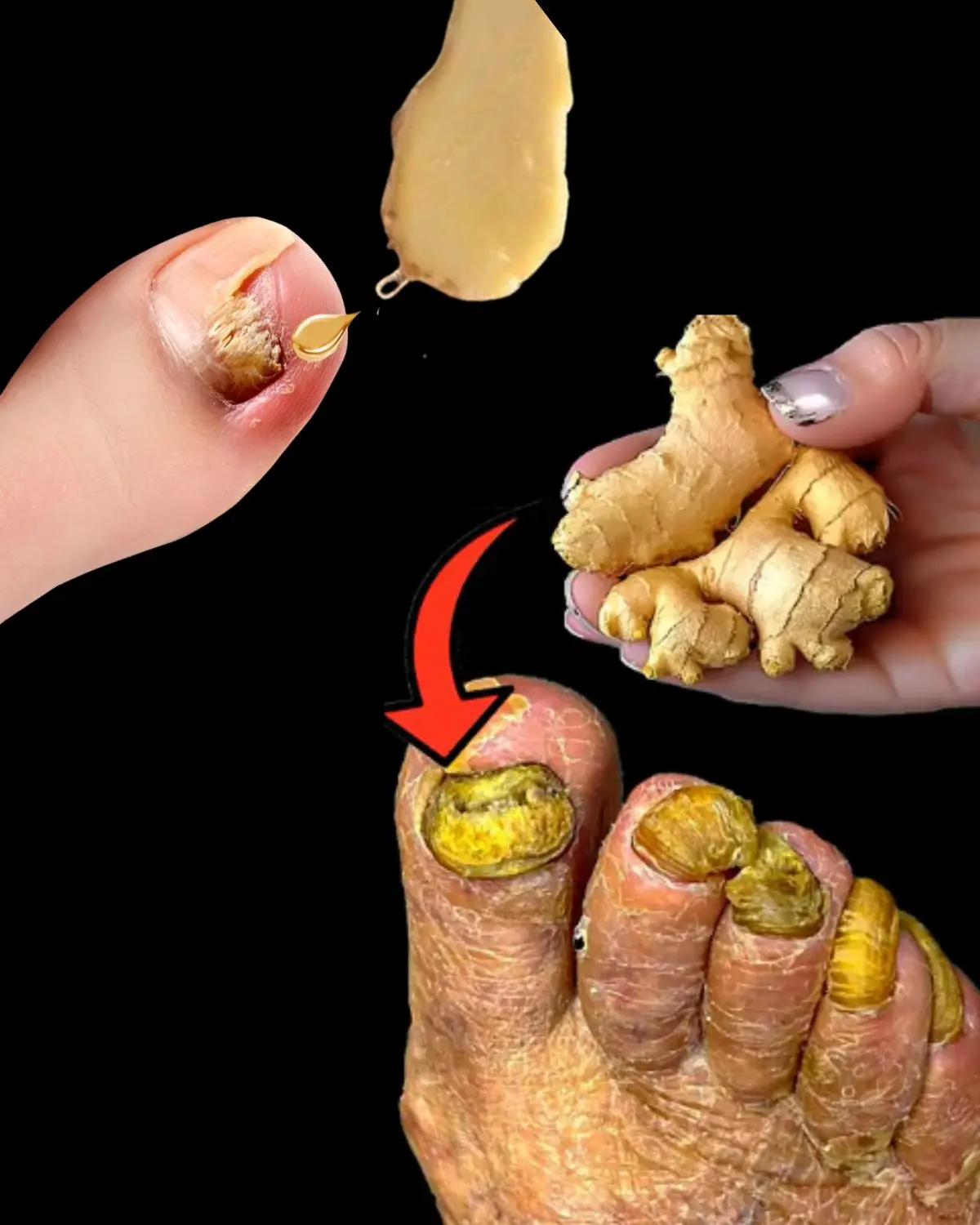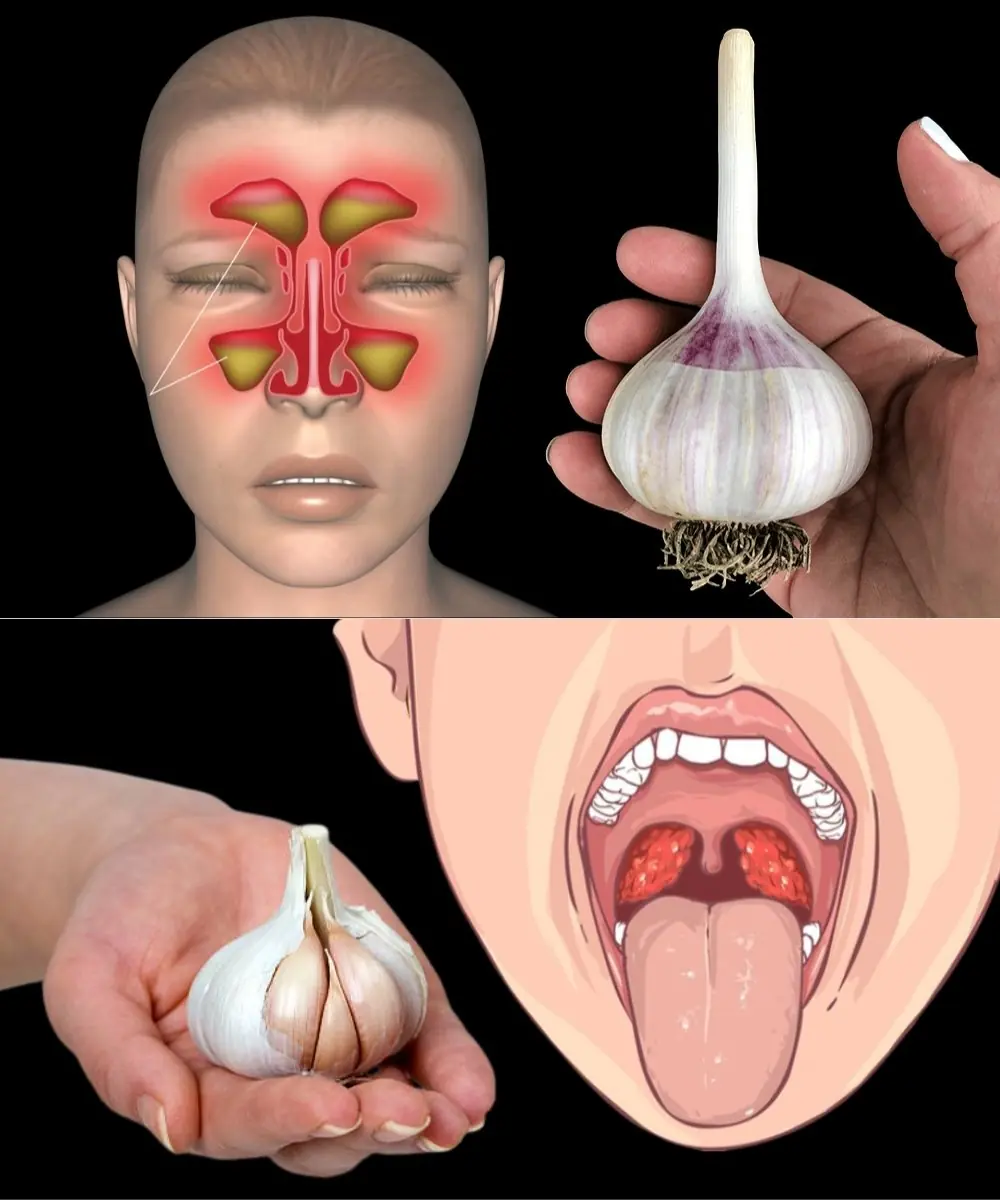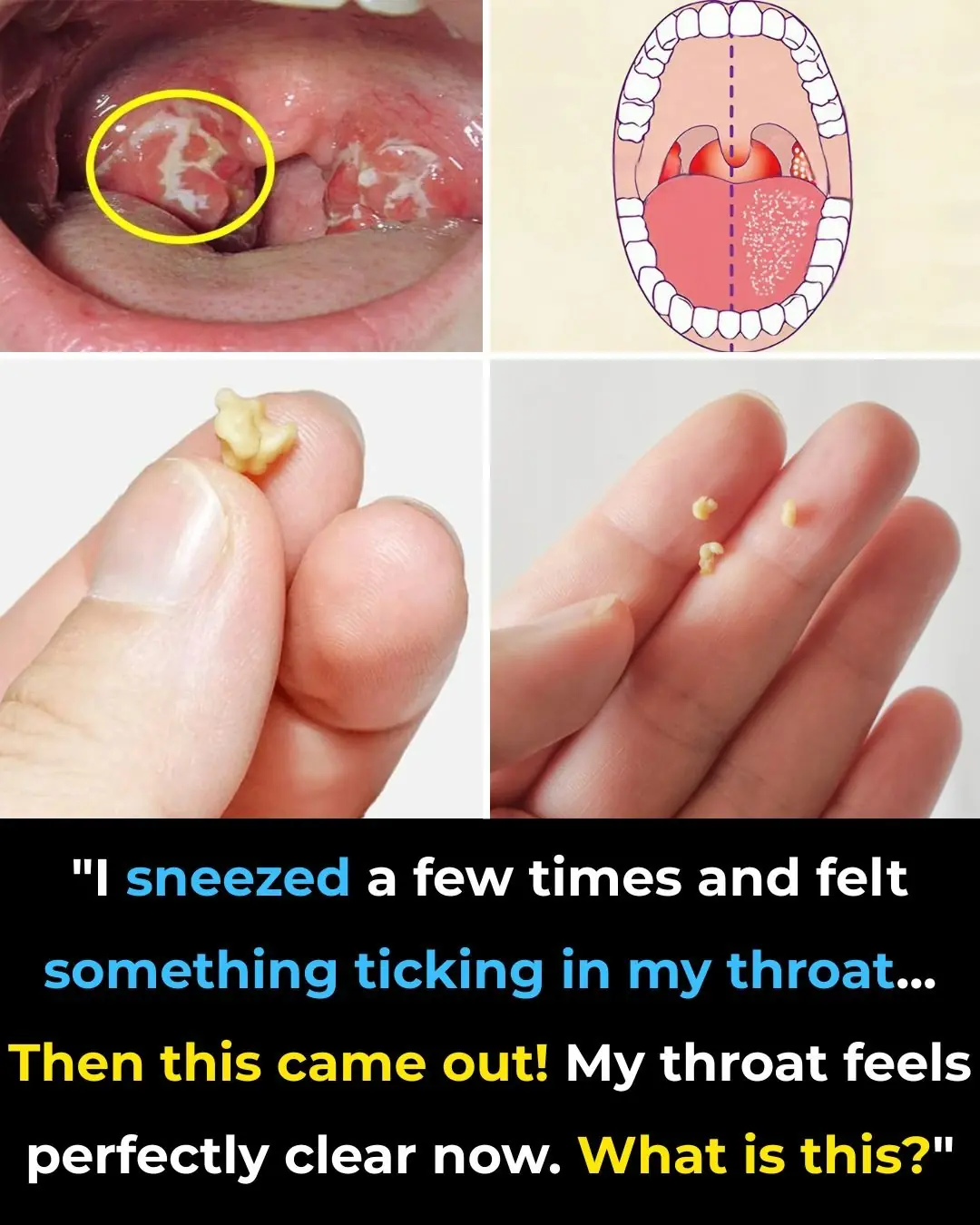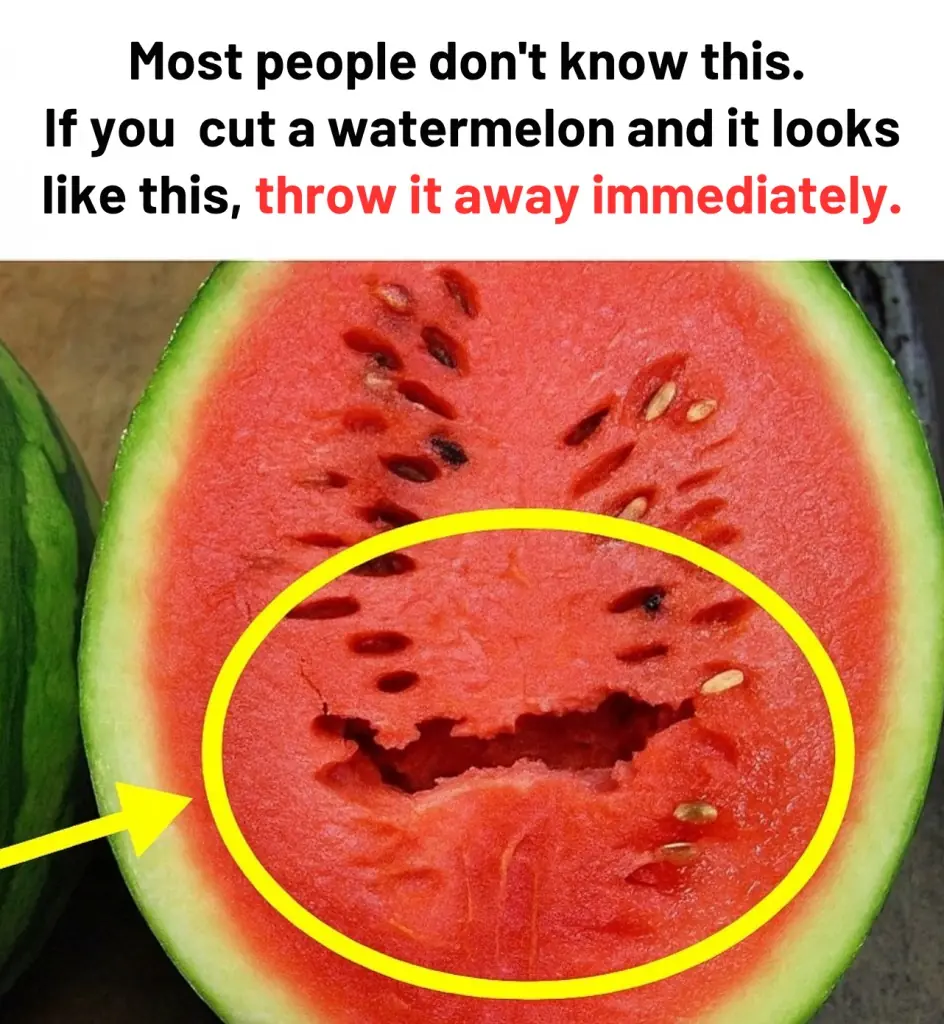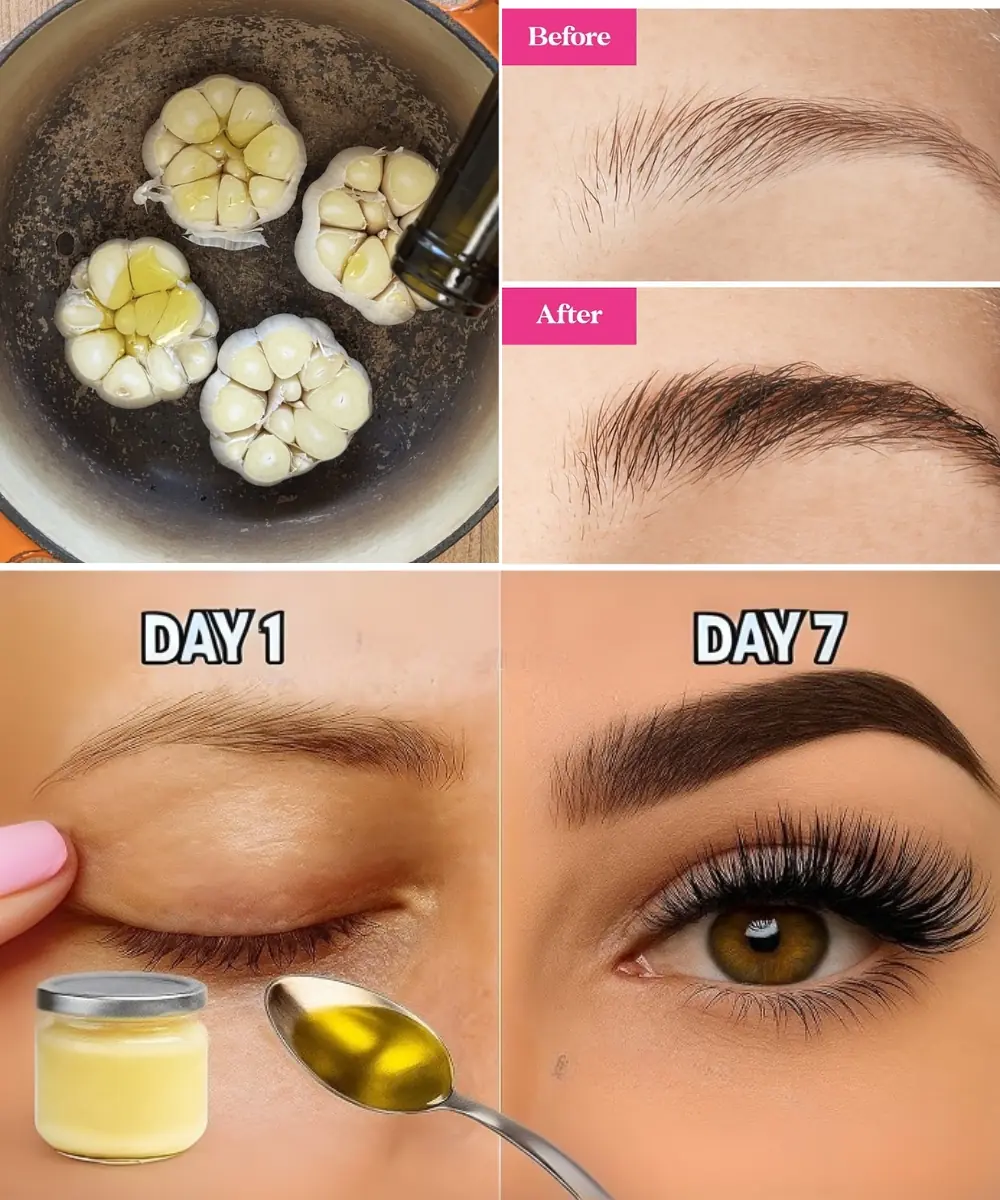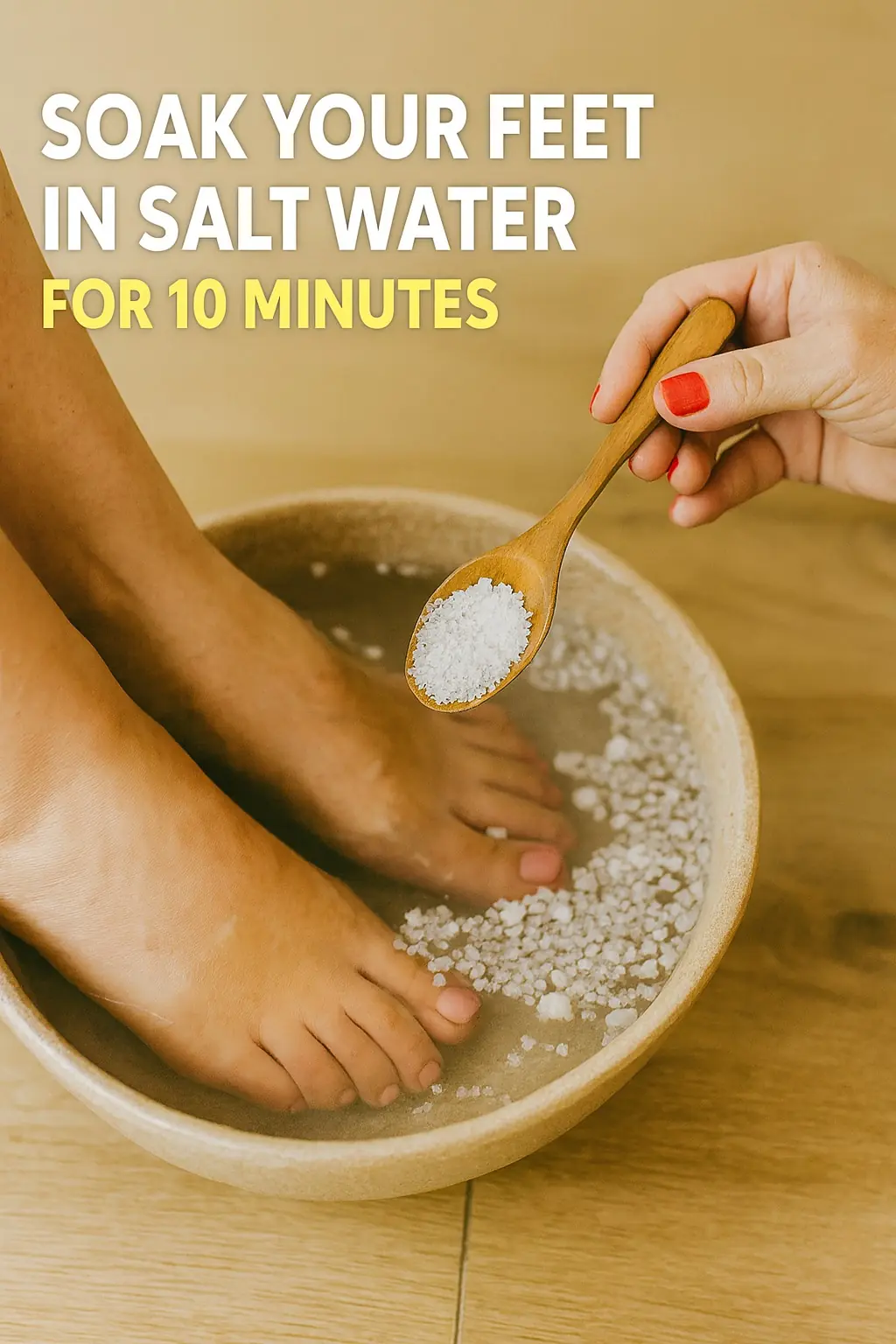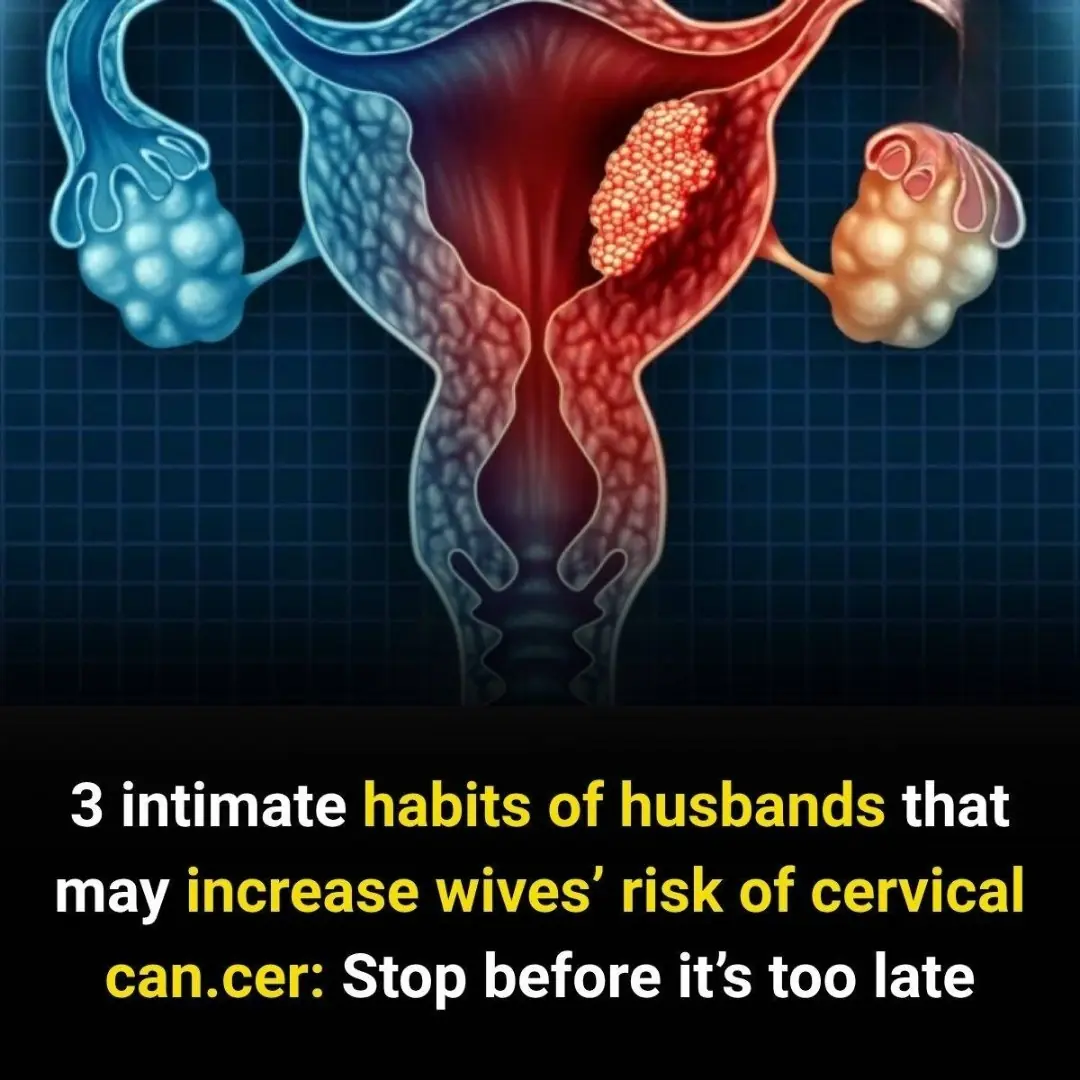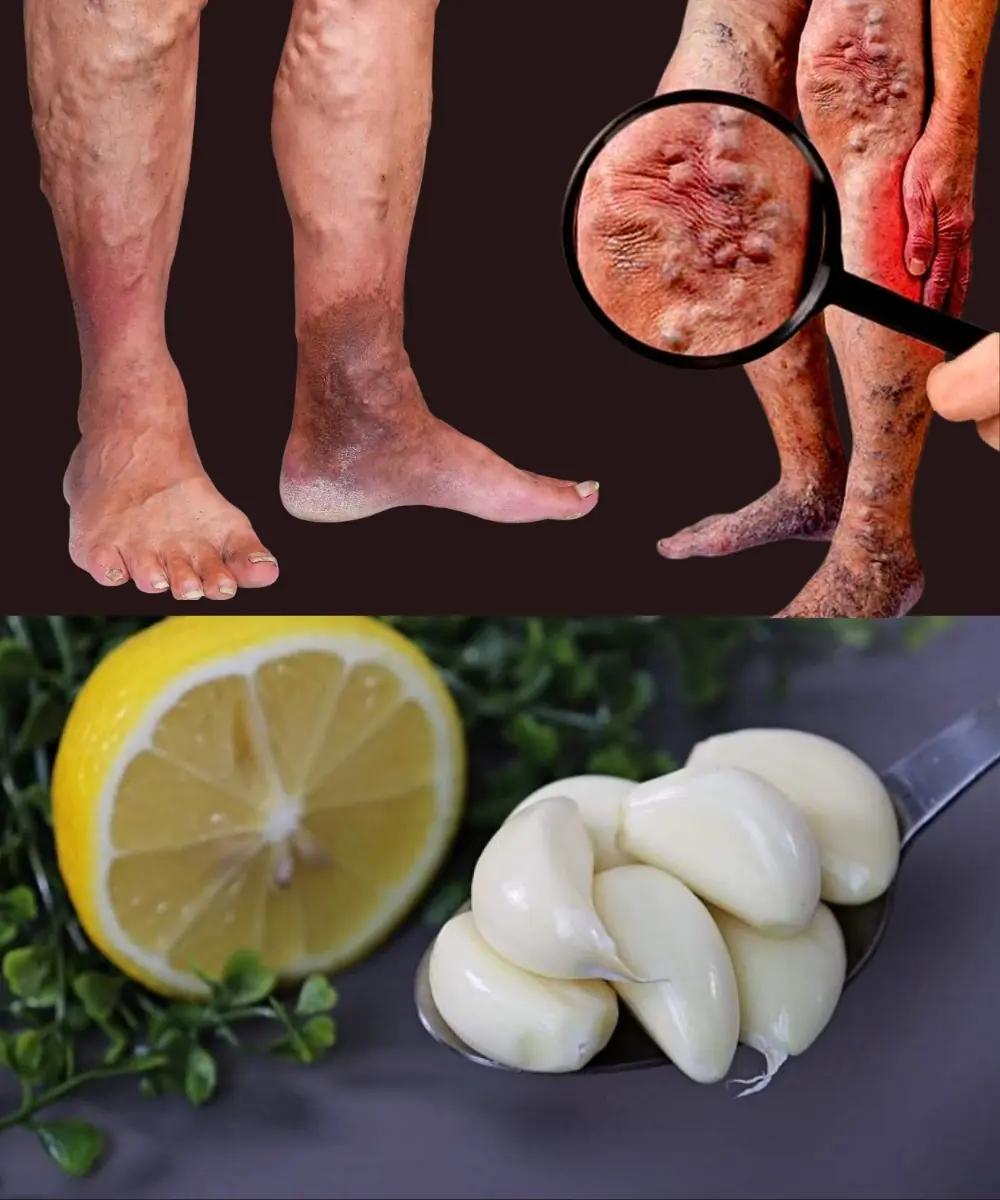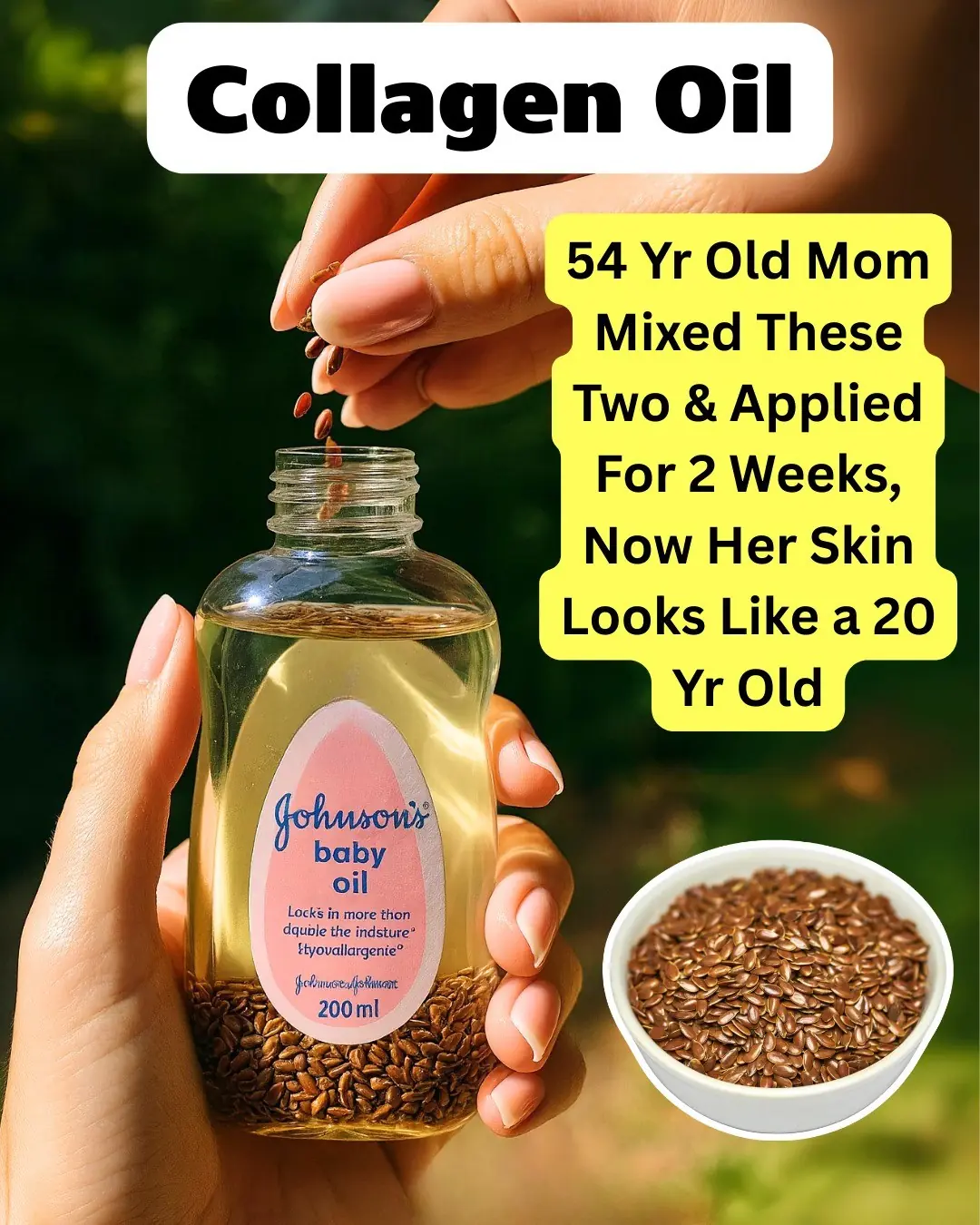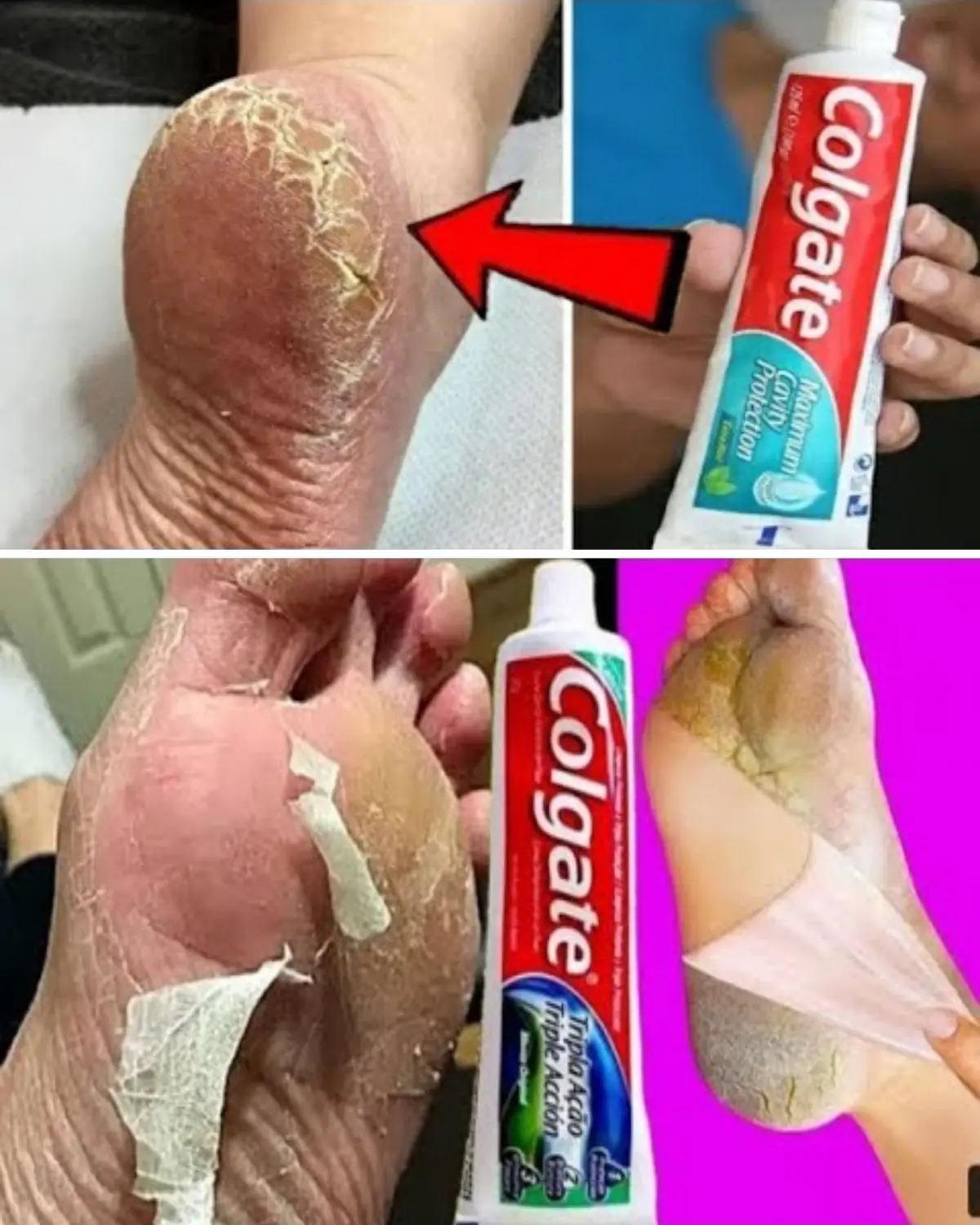- Common offenders:
- Antibiotics (especially penicillin)
- NSAIDs (ibuprofen, aspirin)
- Blood pressure medications
- Hives can appear hours or days after starting a new drug
✅ Always tell your doctor about skin reactions — don’t assume it’s just a rash.
2. Heat, Cold, or Sun Exposure
- Heat hives (cholinergic urticaria): From exercise, hot showers, or stress
- Cold urticaria: Welts after cold water, ice, or winter air
- Solar hives: Reaction to sunlight (rare)
✅ These are physical hives — triggered by environmental changes, not allergens.
3. Stress and Emotional Anxiety
- Stress doesn’t cause hives — but it can trigger or worsen them
- Linked to chronic idiopathic urticaria (hives with no known cause)
- The body’s stress response can overactivate the immune system
💬 “I broke out the night before my big presentation” — a common story.
4. Infections (Yes, Even a Cold)
- Viral infections (like colds, flu, or mono)
- Bacterial infections (like strep throat or UTIs)
- Even dental infections can trigger hives
✅ Especially common in children.
5. Tight or Irritating Clothing
- Synthetic fabrics, waistbands, or bras can cause pressure hives (dermatographism)
- Skin becomes raised and itchy where it’s scratched or rubbed
- Also called “skin writing” — you can literally write on your skin with a fingernail
✅ Affects up to 5% of the population.
6. Foods You Didn’t Expect
Beyond the usual suspects (nuts, shellfish), these can trigger hives:
- Strawberries, tomatoes, citrus fruits — natural histamine releasers
- Food additives — like preservatives (sulfites, benzoates) or artificial colors
- Spicy foods — can worsen existing hives
✅ Keep a food and symptom journal to spot patterns.
7. Exercise (Exercise-Induced Urticaria)
- Hives appear during or after a workout
- May be linked to food-exercise combos (e.g., eating peanuts before running)
- In rare cases, can lead to anaphylaxis
✅ If this happens, see an allergist — don’t ignore it.
8. Autoimmune Conditions
- Chronic hives are sometimes linked to:
- Thyroid disease (especially Hashimoto’s)
- Lupus
- Rheumatoid arthritis
- The immune system mistakenly attacks healthy tissue — including skin cells
✅ Blood tests can help identify underlying issues.
9. Environmental Allergens (Not Just Pollen)
- Dust mites, pet dander, mold, and even latex can cause hives
- Often overlooked because they’re “everyday” exposures
✅ Consider air purifiers or allergy testing if hives are frequent.
10. Hormonal Changes
- Hives can flare during:
- Menstruation
- Pregnancy
- Menopause
- Hormones can influence immune and skin responses
✅ More common in women than men.
✅ What to Do If You Get Hives
1. Don’t Scratch
- Scratching worsens inflammation and can cause infection
- Use cold compresses or calamine lotion to soothe
2. Take an Antihistamine
- Over-the-counter options:
- Cetirizine (Zyrtec)
- Loratadine (Claritin)
- Diphenhydramine (Benadryl) — but it causes drowsiness
✅ Most mild hives resolve within 24–48 hours.
🚨 When to See a Doctor
Seek medical attention if you have:
- Hives that last more than 6 weeks (chronic urticaria)
- Swelling of the face, lips, or tongue (angioedema)
- Difficulty breathing or dizziness (signs of anaphylaxis)
- Hives with fever, joint pain, or fatigue
🩺 A dermatologist or allergist can help identify triggers and manage chronic cases.
Final Thoughts
Hives aren’t just about allergies.
They’re a signal from your immune system — one that could be pointing to stress, illness, environment, or even your workout routine.
So if you keep breaking out and don’t know why…
take a closer look.
Because the trigger might not be in your food —
it could be in your clothes, your medicine, or even your emotions.
And once you find it, relief is within reach.
